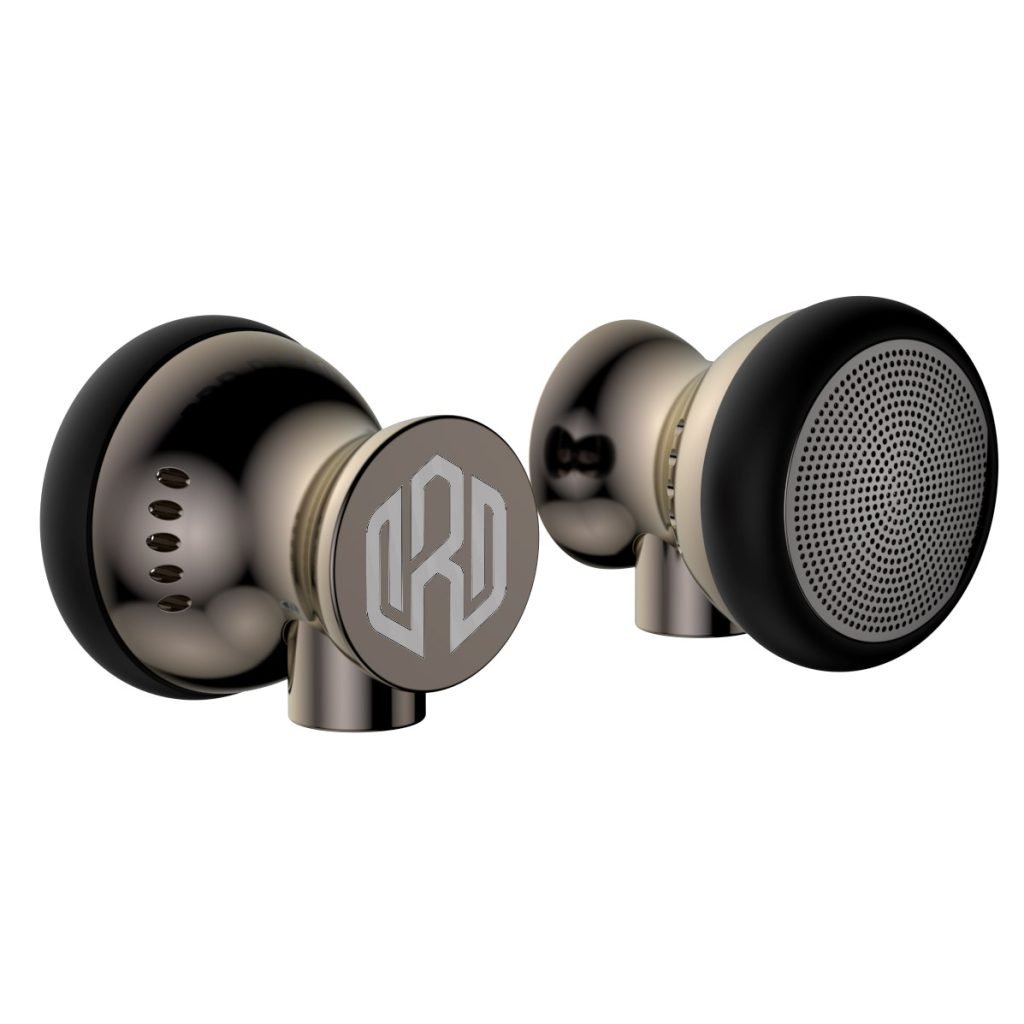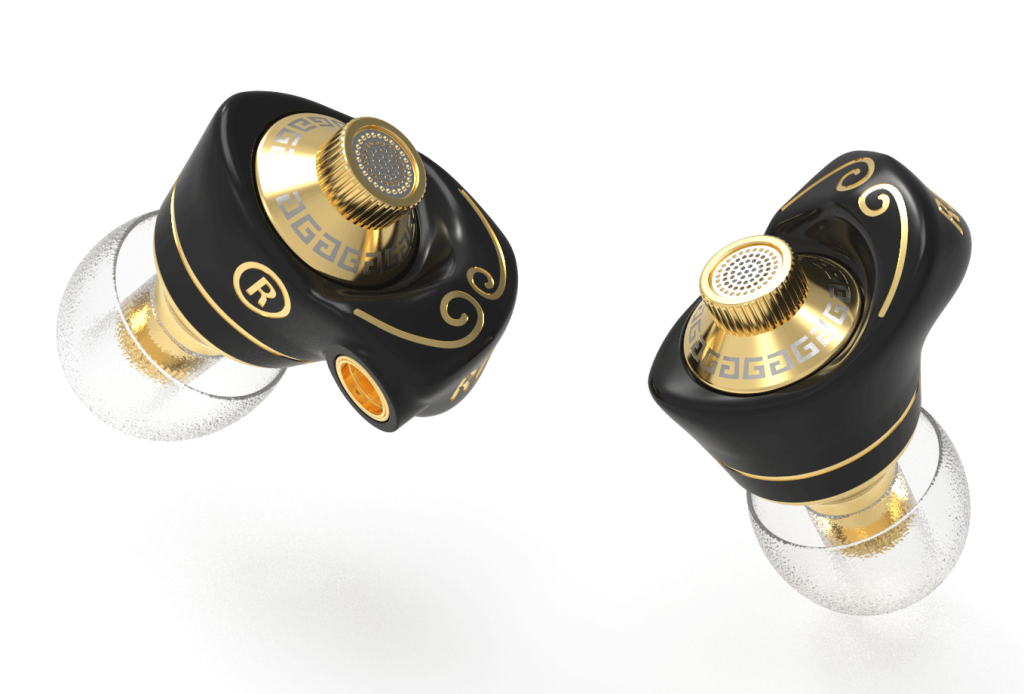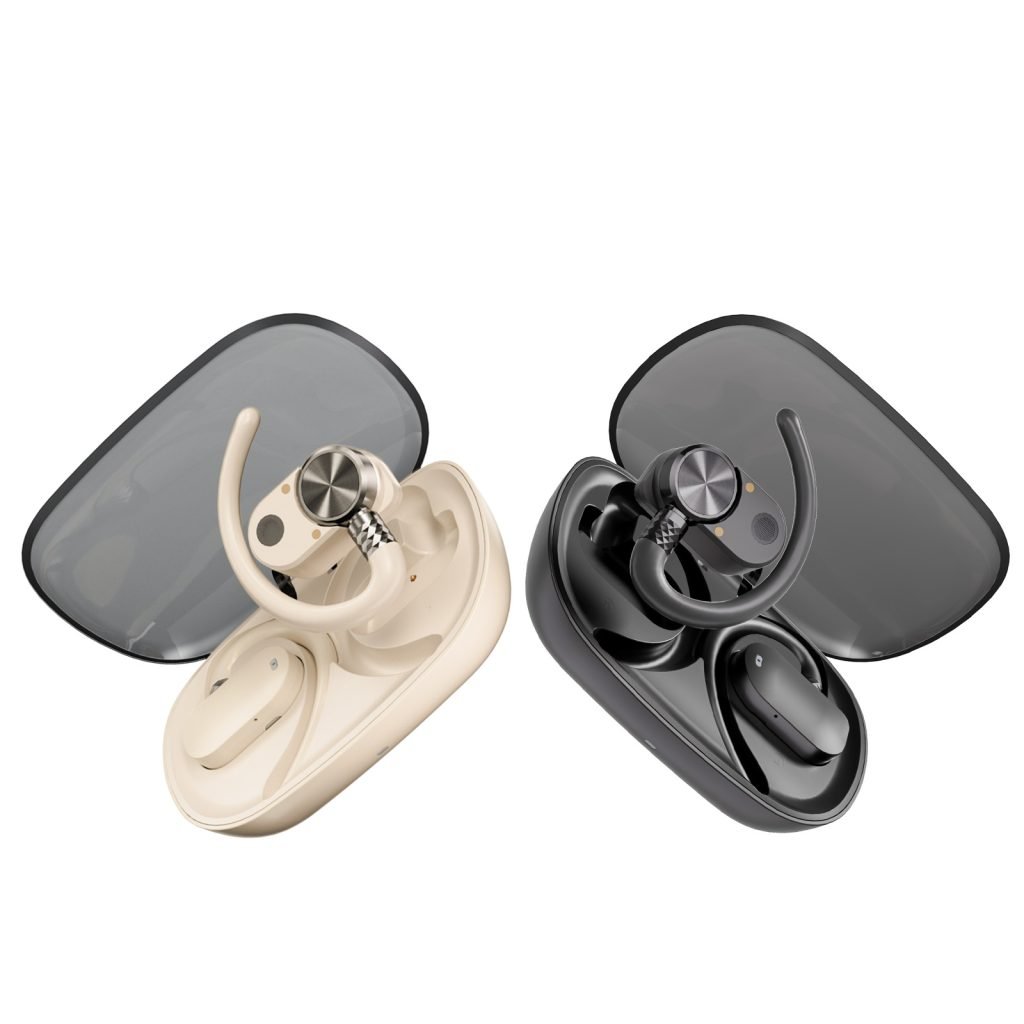
- Welcome to One Audio: Your Destination for Professional-Grade Earphones
- info@oneaudio.co
- +8615338724004

In today’s fast-paced world, headphones have become an essential part of our daily lives. Whether you’re commuting, working out, or simply relaxing at home, having the right pair of headphones can greatly enhance your audio experience. But with so many options available, how do you choose the perfect pair? In this blog post, we will explore different types of headphones, their unique features, and tips on how to select the best ones for your needs. This guide aims to provide valuable insights while optimizing for SEO to help you find the information you need.
Headphones come in various shapes and sizes, each designed for specific purposes. Here are the most common types:

1. Over-Ear Headphones Over-ear headphones, also known as circumaural headphones, cover your entire ear and provide excellent sound quality and noise isolation. They are ideal for home use, studio work, and long listening sessions due to their comfortable design.

2. On-Ear Headphones On-ear headphones, or supra-aural headphones, sit directly on your ears. They are more portable than over-ear headphones and offer a good balance between sound quality and convenience. These headphones are great for casual listening and commuting.

3. In-Ear Headphones (IEM) In-ear monitors (IEMs) are inserted into the ear canal and provide excellent noise isolation and sound quality. They are highly portable and perfect for on-the-go use, workouts, and professional monitoring.

4. True Wireless Stereo (TWS) Earbuds TWS earbuds are completely wireless, offering maximum freedom of movement. With advancements in Bluetooth technology, these earbuds provide great sound quality and battery life, making them ideal for everyday use and workouts.

5. Bone Conduction Headphones Bone conduction headphones transmit sound through your cheekbones, leaving your ears open to ambient sounds. These are perfect for outdoor activities and sports, where situational awareness is crucial.
When choosing headphones, consider the following features to ensure you get the best pair for your needs:
1. Sound Quality Sound quality is a top priority. Look for headphones with balanced audio, clear highs, detailed mids, and deep bass. If you’re an audiophile, consider headphones with high-resolution audio capabilities.
2. Comfort and Fit Comfort is crucial, especially for long listening sessions. Look for headphones with adjustable headbands, cushioned ear pads, and a lightweight design. For in-ear headphones, multiple ear tip sizes ensure a snug fit.
3. Noise Cancellation Active noise cancellation (ANC) technology reduces unwanted background noise, allowing you to focus on your music. This feature is especially useful in noisy environments like airplanes and public transportation.
4. Battery Life For wireless headphones, battery life is a key factor. Look for models with long battery life and quick charging capabilities. TWS earbuds often come with a charging case that provides additional power on the go.
5. Durability Durability is important, especially if you plan to use your headphones during workouts or outdoor activities. Look for water and sweat-resistant models with sturdy construction.
6. Connectivity Ensure your headphones have the necessary connectivity options, such as Bluetooth for wireless models or detachable cables for wired headphones. Some headphones also offer multipoint connectivity, allowing you to connect to multiple devices simultaneously.


